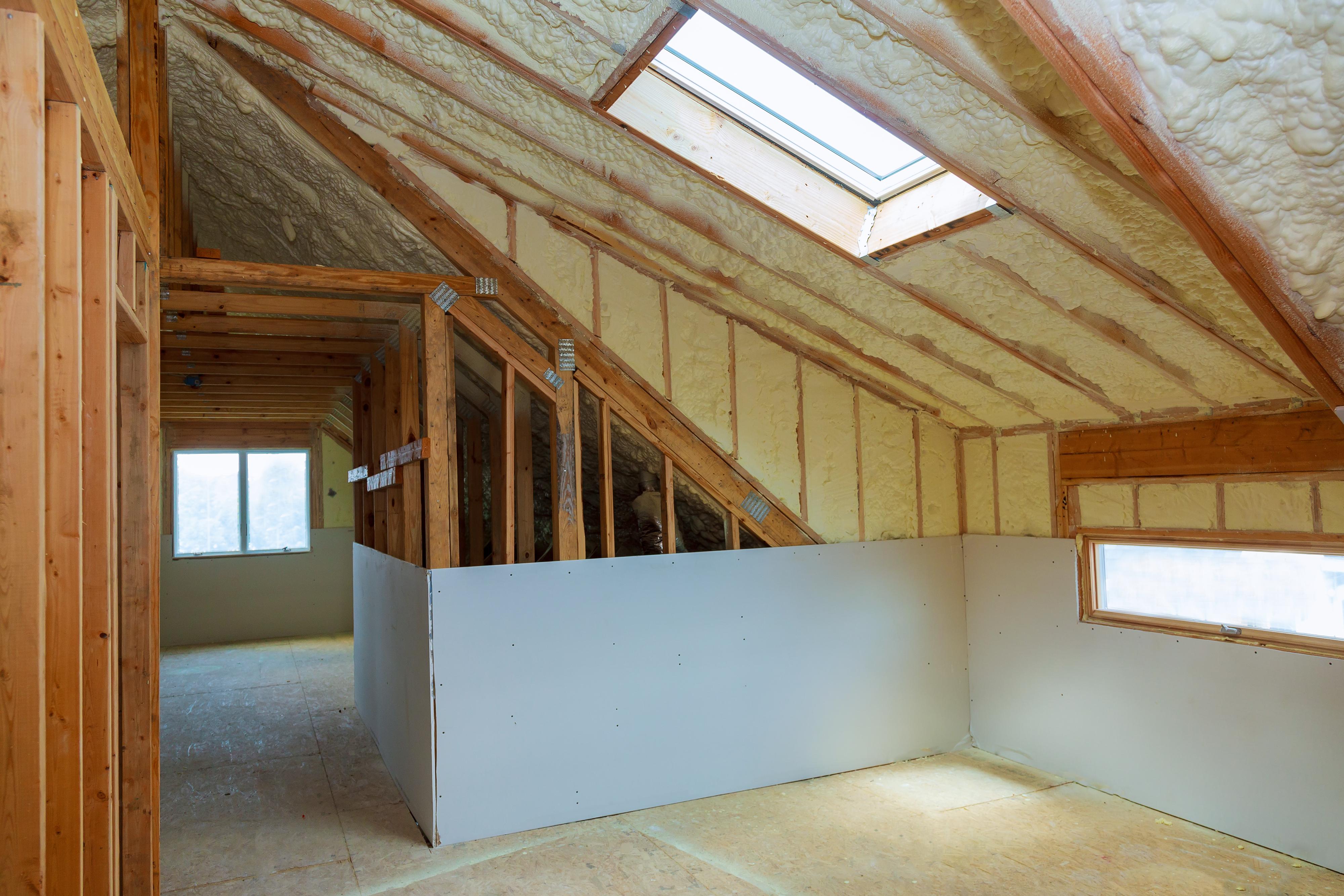
When it comes to home improvements that give you the biggest bang for your buck, attic insulation is about as effective as you can get. A well-insulated attic has the power to stabilize indoor temperatures year-round, prevent ice dams from forming on the roof in winter, reduce home energy consumption, lower your monthly energy bills, and so much more.
Many homeowners here in the Frankfort and Illinois areas assume that insulating the attic is as simple as throwing some fiberglass up into the attic space; however, proper attic insulation requires a much more comprehensive approach. Here is a look at essential steps you need to consider as you prepare to insulate your attic.
Schedule an Energy Audit
Effective attic insulation starts with knowing what your attic needs. Many attics contain air leaks and are under-insulated, relying on scant amounts of older materials for insulation. An energy audit performed by a home performance expert can reveal exactly where air leaks and insulation gaps are — and tell you whether insulation removal is necessary before installing new insulation.
Air Seal & Install High-Performance Insulation
Once your home performance expert has gathered more information about your attic, they can seal air leaks and install high-performance insulation as needed for optimal home comfort and efficiency. Air sealing with spray foam insulation eliminates holes and gaps that allow air to travel between the attic and your living spaces, while high-performance insulation creates a thermal barrier that prevents heat transfer into and out of the attic. An experienced home performance specialist will select the best insulation materials for your attic depending on your needs and budget.
Ensure Proper Attic Ventilation
Many homeowners focus on air sealing and insulation in the attic while neglecting the importance of attic ventilation. Proper attic ventilation, when combined with air sealing and professionally installed insulation, cools the attic down during warmer months, when heat might otherwise enter through the roof and accumulate in the attic. It also allows warm, moisture-filled air to escape the attic during colder months.
This protects your attic and the structure of your home from water damage, as it prevents moisture from condensing on rafters, trusses, and other attic structures. Ultimately, proper attic ventilation can protect your home from fluctuating temperatures, help keep energy bills down, and prevent mold and rotting due to water damage.
